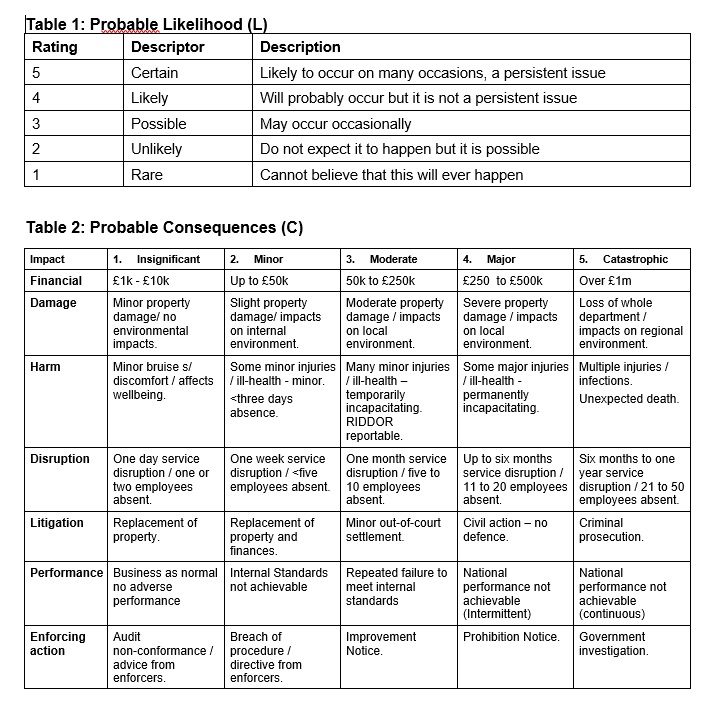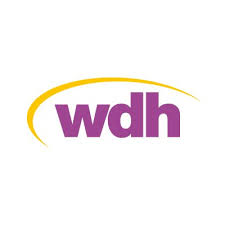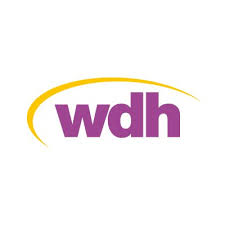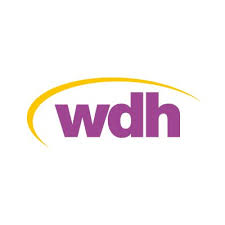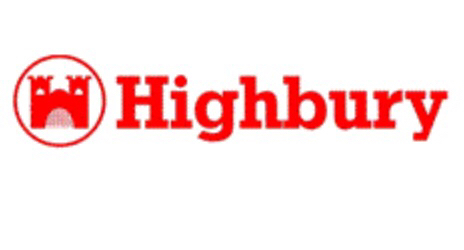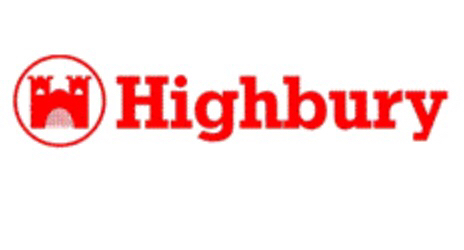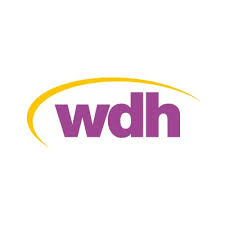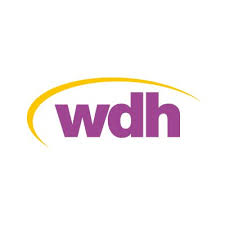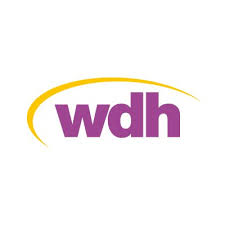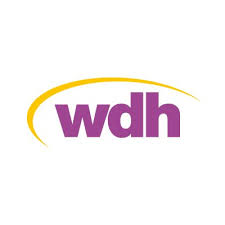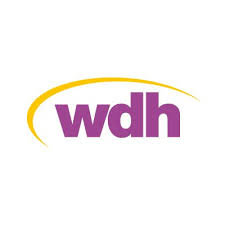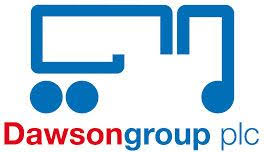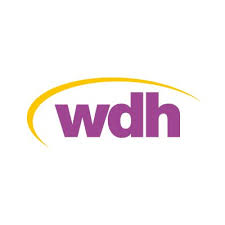Title Page
-
Conducted on
-
Name of building
-
Building Type
-
Location
-
Add photo of property
-
Prepared by
-
Nearest Fire Station
- Pontefract Fire Station 24hrs
- South Kirby Fire Station 24hrs
- Castleford Fire Station 24hrs
- Normanton Fire Station 24hrs
- Wakefield Fire Station 24hrs
- Ossett Fire Station 24hrs
- Featherstone Fire Station P/T
-
Accordingly, the risk to life from fire in this building is
WDH general statement of policy
-
Good health and safety is integral to good management, we aim to make sure that it continues to be part of the culture of WDH. Employees should have health, safety and welfare objectives agreed with managers and throughout the organisation.
We recognise that complying with the Health and Safety at Work Act 1974, and the regulations made under it, is a legal duty, not a matter of choice.
Our policy should exceed the minimum requirements of the law where possible and to do this we will provide sufficient resources to meet this commitment.
We will also ensure that systems are in place that will allow us to maintain, monitor and continuously improve safety performance. Included in these systems will be means to allow communication and consultation on health and safety matters between all levels within the organisation.
Regulatory Reform (Fire Safety) Order 2005 Fire Risk Assessment
1. Premises particulars
-
Address of premises
-
Contact details -
Daniel Boardman, Property Compliance Manager
dboardman@wdh.co.uk -
Name of person in control of the buildings -
Daniel Boardman, Property Compliance Manager -
Resonsible person (e.g. employer) or person having control of the premises -
Andrew Wallhead, WDH Chief Executive -
Person(s) and/or organisations having an obligation under Article 5(4) by virtue of a contract of tenancy -
Not Applicable -
Competent person(s) nominated under Article 18(1) to assist the responsible person in undertaking the preventive and protective measures -
Daniel Boardman, Property Compliance Manager -
Competent person(s) nominated under Article 13(3)(b) to assist with firefighting measures -
Mark Forbes, Health and Safety Manager -
Assessor Name
-
Date of Fire Risk Assessment
-
Date of previous Fire Risk Assessment
-
Suggested date for review
2. General information
2.1 The building
-
Number of floors:
-
Approximate floor area:
-
Approximate age of construction
-
Walls construction
-
Floor construction
-
Roof construction
-
Stair and stair core construction
-
Rating of fire doors
-
Places of higher fire hazard
-
Occupancy type
-
West Yorkshire Fire and Rescue Service (State location and whether fire station retained / manned full time)
- Pontefract Fire Station 24hrs
- South Kirby Fire Station 24hrs
- Castleford Fire Station 24hrs
- Normanton Fire Station 24hrs
- Wakefield Fire Station 24hrs
- Ossett Fire Station 24hrs
- Featherstone Fire Station P/T
-
Accessibility for fire-fighting
-
Water supply
- Street hydrant
- Rising main
-
General Description (risk level) of Premises
- Low
- Moderate
- High
- Extreme
-
According to the risk level selected describe the risk involved
3. Premises occupants
-
3.1 Number of sleeping occupants
-
3.2 Occupants especially at risk
4. Measures to limit fire spread and development
-
is there a sufficient standard of compartmentalisation and sub-compartmentalisation?
-
Are linings that promote fire spread avoided as far as reasonably practicable?
5. Fire safety systems within the premises
-
5.1 Fire warning system
-
5.2 Emergency lighting
-
5.3 Fire log book review
-
Comments and Observations
6. Relevant fire safety legislation and enforcement action
6.1 The following fire safety legislation applies at these premises
-
Regulatory Reform (Fire Safety) Order 2005 (enforced by the West Yorkshire Fire and Rescue Service)
-
Health and Safety at Work Act 1974 (enforced by the Health and Safety Executive)
6.2 Other legislation that may have significant implication for fire precautions in the premises
-
The Landlord and Tenant Act 1985
-
Occupiers Liability Act 1984
-
Building Regulations
-
6.3 Date of last visit by Fire Service / Name of Fire Service
-
6.4 Details of any outstanding matters in connection with the Fire Service visit
7. Fire loss experience
-
7.1 Previous fire losses
-
7.2 Any loss prevention action taken to minimise the fire risk as a result
8. Fire hazards (in common areas)
-
8.1 Sources of ignition
-
8.2 Sources of fuel
-
8.3 Structural features that could promote the spread of fire
9. Fire interfaces
-
9.1 Gas
-
9.2 Security
10. Means of escape
10.1 Horizontal evacuation
-
Comments and observations
10.2 Vertical evacuation
-
Comments and observations
10.3 Fire safety signs and notices
-
Comments and observations
10.4 Fire warning system
-
Comments and observations
10.5 Emergency lighting system
-
Comments and observations
-
10.6 Fire-fighting equipment
-
10.7 Fire doors
11. Management of fire safety
11.1 Procedures and arrangements
-
11.1.1 Fire safety is managed by:
Daniel Boardman, Property Compliance Manager -
11.1.2 Competent person(s) appointed to assist in undertaking the preventive and protective measures (i.e. relevant general fire precautions):
David Graham, Compliance Manager
11.2 Emergency procedures
-
11.2.1 Are procedures to be followed in the event of fire properly documented?
-
Comments and observations
-
11.1.3 Is there a suitable record of the fire safety arrangements?
-
Comments and observations
12. Maintenance
12.1 Cyclical maintenance and testing
-
12.1.1 Is the emergency lighting system tested twice per year to confirm operability of the system?
-
12.1.2 Are all escape routes periodically inspected to ensure they are free from obstruction and in a safe condition?
-
12.1.3 Is the lighting protection system where fitted inspected and tested annually?
-
12.1.4 Are final exit doors and security fastenings checked periodically to ensure they operate effectively and allow a quick escape?
12.2 Records
Are appropriate records kept of:
-
12.2.1 Fire alarm tests
-
12.2.2 Emergency escape lighting tests
-
12.2.3 Maintenance and testing of other fire protection systems
-
Comments and observations
-
13. Access and security arrangements
-
14. Evaluation of fire safety - Tables 1&2
-
14.1 Evaluation of fire safety - Tables 3&4
-
14.4 Total risk score (LxC) according to the Categorisation Matrix
-
Complete the Risk Categorisation slider at the beginning of this section
-
Additional photographs






